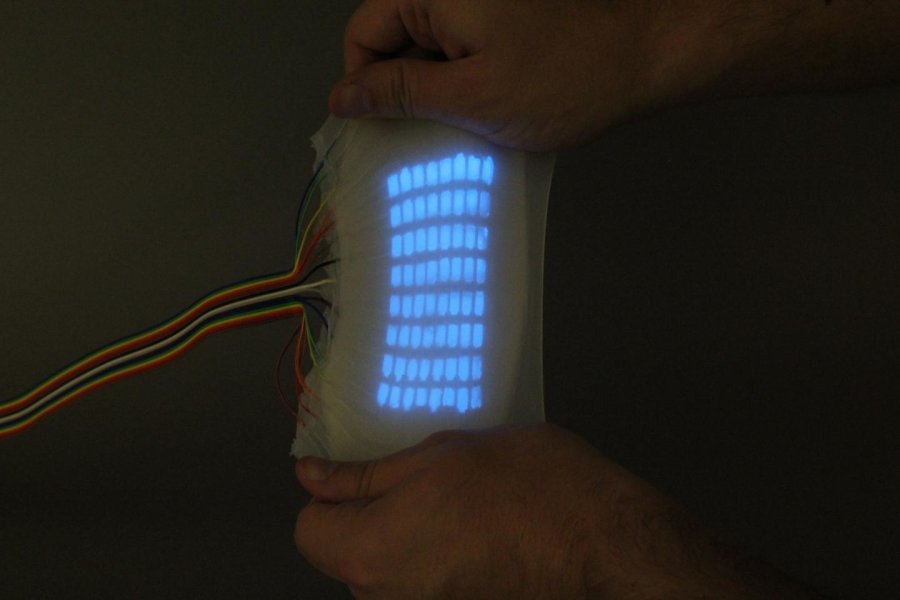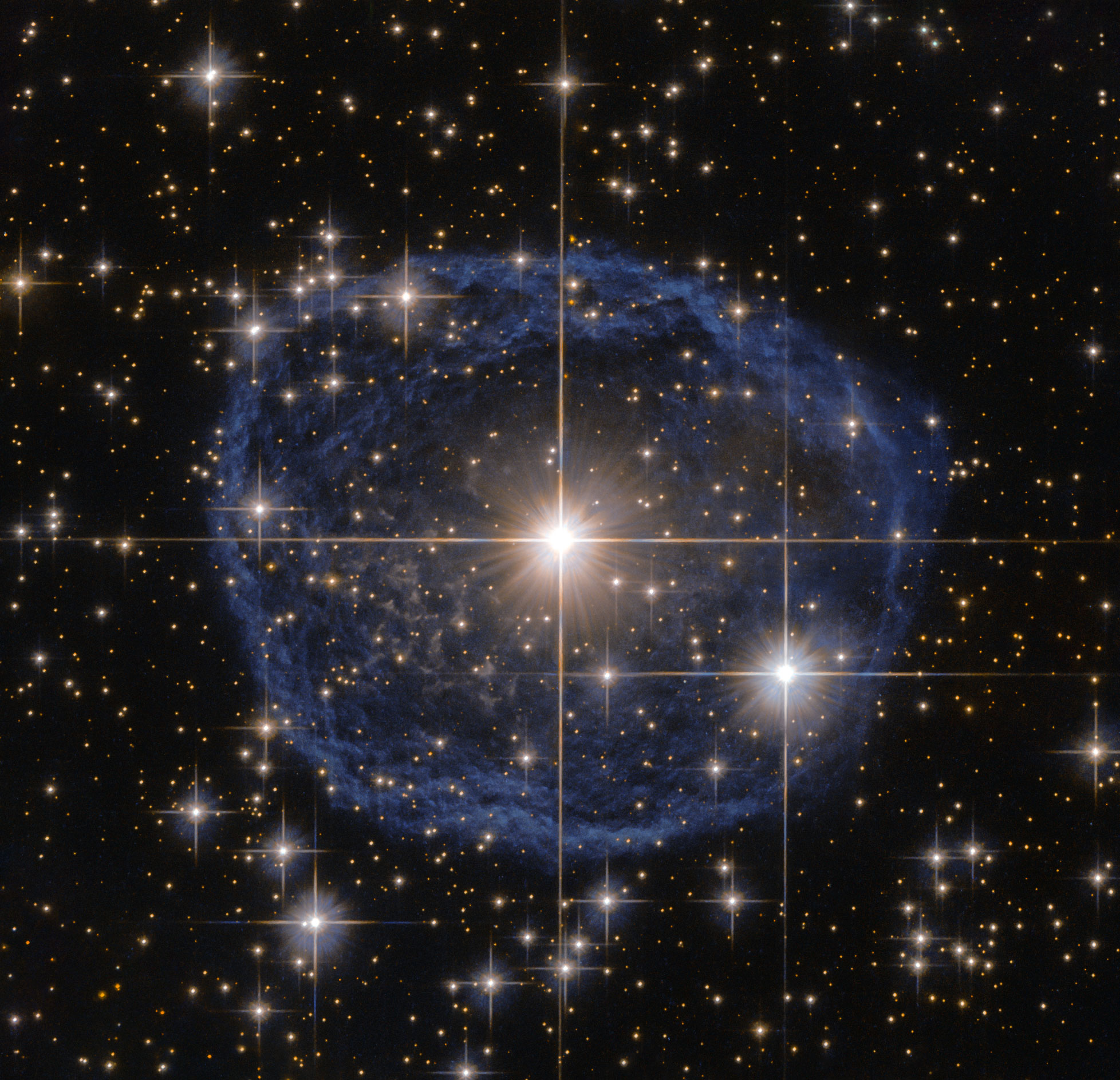
BlackBerry is a Canadian telecommunication and wireless equipment company known to having gone on an unstoppable downwards spiral on the mobile phone market when smartphones began gaining popularity. Once a leader of mobile phone technology thanks to its practical QWERTY keyboards and texting-friendly build is now facing a perilous road as the solution to come up to the surface for a breather is far from appearing on the horizon.
These days, BlackBerry owns as little as 1% of the smartphone market. Although numerous attempts have been made at reviving its activity in the world of smartphone, through devices such as the BlackBerry Priv that incorporates both the utility of a touchscreen as well as the practical full keyboard native to the company, not much has changed. Last month’s Mobile World Congress has been an opportunity for phone makers to showcase their upcoming additions and products. However, while other companies were presenting what they have in stock for the near future, BlackBerry remained silent.
This comes as a surprise as BlackBerry had been rumored to be working on the next Android-powered handset, dubbed “Vienna,” which promised to appeal to the lower-end market through an affordable solution. However, no news of the mobile phone has been uncovered since January this year, with the last announcement being that the device would launch ‘later in the year,’ as it was stated by BlackBerry CEO, John Chen.
So what is in stock for the once-great company? While we can’t say with certainty that the lack of official announcements suggests that the Vienna project may have already been scrapped, it does mean that the company’s future may be heading in a completely different direction. Various analysts admit that the chances of BlackBerry making an 180-degree return onto the smartphone market with competitors such as Android and Apple on the horizon are close to 0.
However, the same analysts do see a possible return on the floating line of the BlackBerry company if they can let go of their current field of work and redirect their efforts towards enterprise software. If that happens, BlackBerry may no longer exist on the hardware market, but it will exist as a business. According to professional analysis studies, exiting the hardware market would allow BlackBerry to save nearly 30 to 50 percent of its current spending on research and development. With that amount of funding saved, BlackBerry could score a balance of as much as $1.4 billion, roughly 33 percent of that being free flowing funds that could be used for operations.
Image Source: 1









